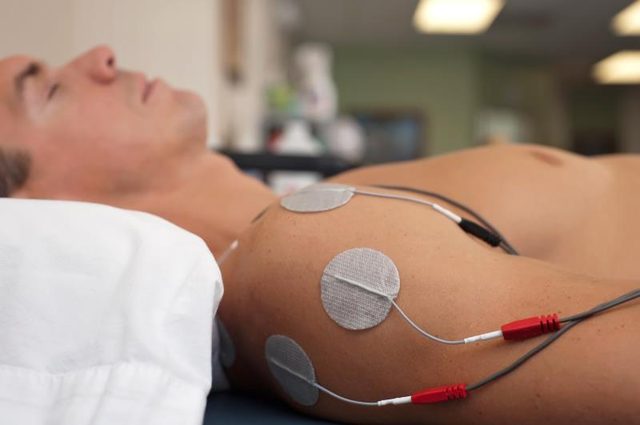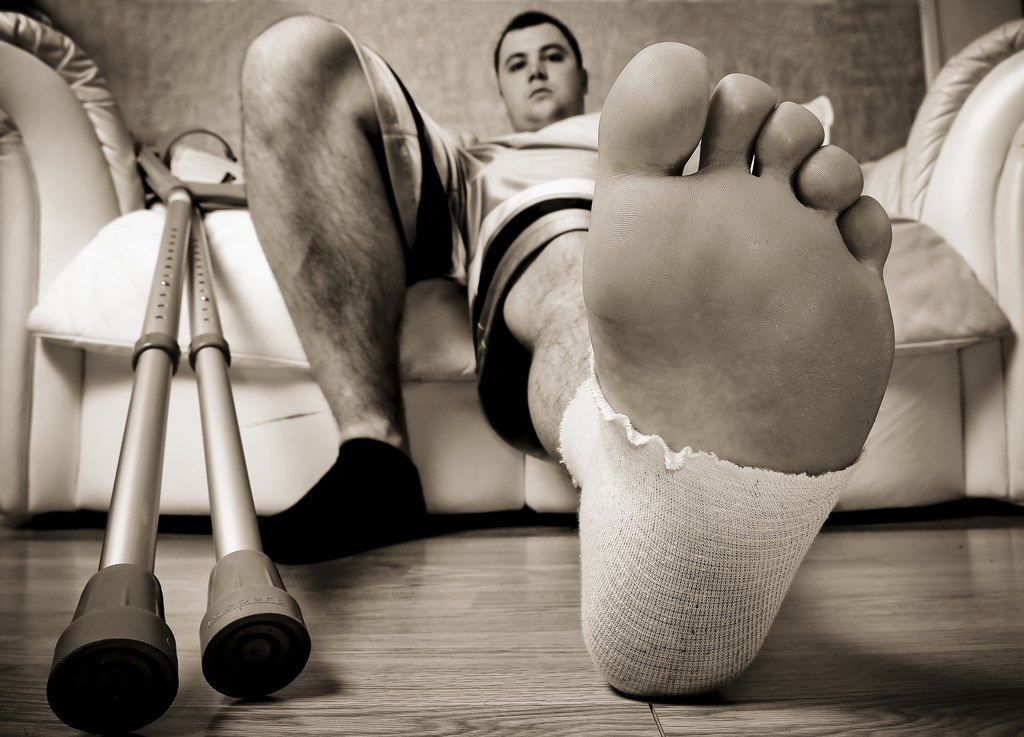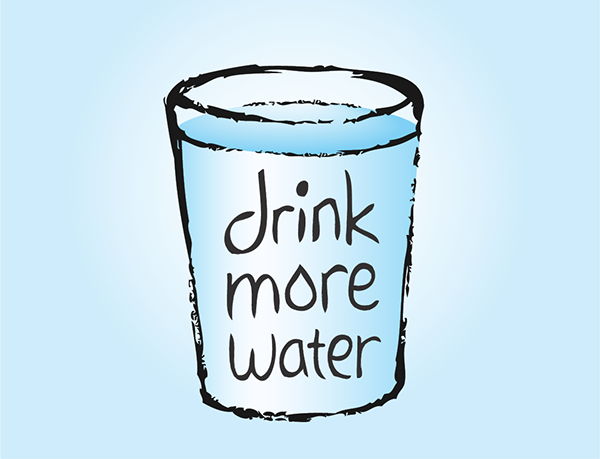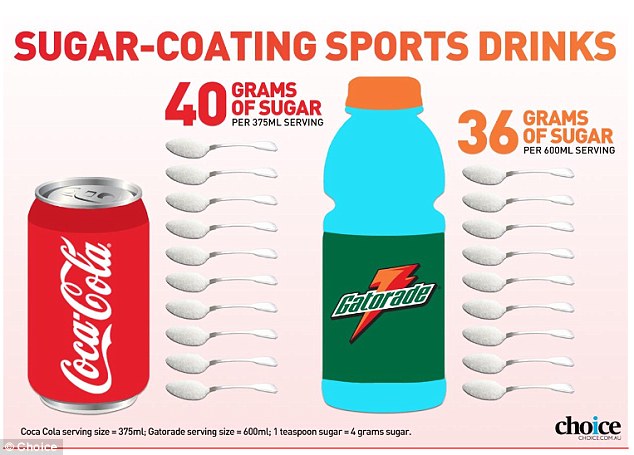Electrical muscle stimulation, or EMS therapy, is used to treat a variety of painful issues, much like therapeutic massage, from muscle strain and injury to fibromyalgia symptoms. This commonly sought after treatment uses an electrotherapy device that delivers a small, pulsating current to the muscles and nerve endings. This current encourages blood circulation, muscle stimulation and healing.
read moreWeekly News & Insights
The Benefits of Massage Therapy in Injury Care
on August 24, 2017Therapeutic Massage involves the use of a state licensed massage therapist to manipulate superficial and deeper muscle layers and connective tissue through various massage techniques that tend to enhance function, aid in natural healing, decrease muscle reflex reactions, promote relaxation, and improve health.
read moreTissue Injury to the Body
on August 17, 2017In any case, injured tissues undergo physical and chemical changes that can cause inflammation, pain and diminished function for the sufferer, all in a short period of time, and can last indefinitely if not properly treated. Spinal manipulation, or chiropractic adjustment, of the affected joint and tissues, begins the process of restoring mobility, thereby alleviating pain and muscle tightness. This process permits tissues to heal naturally.
read moreHigh-Impact Exercise Strengthens Men's Bones, Researchers Say
on June 22, 2017Men who engage in high-impact physical activity and resistance training as teens and young adults are likely to have greater bone density by middle age, according to new research.
read moreWhy Men Should Care About Wellness
on June 15, 2017Surely health and wellness tips are as valuable to men as to women. Arguably, men need this information even more than women. Men die, on average, five years sooner than women. And new cases of prostate and testicular cancer outnumber breast cancer, but these male diseases don't get as much as attention.
read moreProstate Cancer - Discover five scientifically proven tips and prevent it naturally
on June 8, 2017One out of six men will be diagnosed with prostate cancer during their lifetime. High grade prostate cancer is dangerous and can kill. In the United States, more than 200,000 new cases are diagnosed every year - leading to 31,000 deaths. Fortunately, there is a lot you can do to prevent prostate cancer naturally.
read moreGetting on Track: Physical Activity and Healthy Eating for Men
on June 1, 2017Take a minute to think about your weight, health, and lifestyle. Are you as fit and healthy as you would like to be? Do you think you might be carrying a little too much weight or body fat?
You can get on track with regular physical activity and healthy eating habits. By making small changes to your lifestyle, you may become leaner and energetic.
Keep reading for tips on how to get on track with healthy habits—chances are, you will find that it is not as hard as you thought.
What is a healthy weight?
Body mass index (BMI) is a tool that is often used to determine if a person is a healthy weight, overweight, or obese, and whether a person’s health is at risk due to his or her weight. BMI is a ratio of your weight to your height. You can refer to the chart below to find your BMI and see what a healthy weight range is for your height.
A BMI of 18.5 to 24.9 is considered healthy. A person with a BMI of 25 to 29.9 is considered overweight, and a person with a BMI of 30 or more is considered obese.
Another way to determine if your health is at risk because of your weight is to measure your waist. Waist measurement does not tell if you are overweight, but it does show if you have excess fat in your stomach. You should know that extra fat around your waist may raise your health risks even more than fat elsewhere on your body. Also, men are more likely than women to carry their extra weight around their stomach.
Men whose waists measure more than 40 inches may be at an increased risk for diabetes, high blood pressure, stroke, and other problems.
A downside of using BMI is that it does not take into account whether body weight is due to muscle or fat. Therefore, someone who is very muscular may be thought to have excess fat, even if he has low or normal body fat. For the vast majority of Americans, though, BMI is a good way to tell if you have increased health risks due to your weight.
Why do weight and lifestyle matter?
Being overweight, obese, or physically inactive may increase your risk for:
- coronary heart disease
- type 2 diabetes
- high blood pressure
- stroke
- some types of cancer, including colorectal and kidney cancer
On the other hand, being active, eating healthier, and achieving and staying at a healthy weight may help:
- Improve mood and energy levels.
- Increase fitness and strength.
- Improve muscles.
Read full article: http://www.niddk.nih.gov/health-information/health-topics/weight-control/gettingontrack/Pages/getting-on-track-physical-activity-and-healthy-eating-for-men.aspx\
read moreWarning Signs Your Body Drastically Needs Water
on May 25, 2017In everyday life, most people walk around in a state of mild or moderate dehydration because they don’t consume enough liquids that will supply their bodies with the hydration needed. Chronic dehydration puts stress on the organs and can interfere with bodily functions, which in some cases will lead to illness, fatigue, difficulty focusing, and irritability. Physical activity in hot weather depletes the body of water, which makes consuming water essential in warm climates especially in summer months, and anytime surrounding exercise.
Signs of Dehydration
These are some things you can look for that would indicate dehydration:
- Your skin and mouth will feel dry.
- You will be thirsty, you have a headache, and you will be constipated.
- You may feel dizzy or lightheaded and urine will be a dark yellow color.
- You will feel foggy brained and sluggish, and will constantly crave snacks and sugar.
- In the most extreme cases of dehydration some people experience palpitations, fainting, weakness, confusion, decreased urination, and sometimes even seizures.
If any signs of dehydration present themselves, they do require immediate medical attention. Of course all of these symptoms might be caused by a variety of things but even something as simple as mild dehydration may have a more negative affect on physical and mental well-being than most people will realize. In addition to this, the older someone is the more prone they are to dehydration with more serious consequences.
The Solution
Of course drinking water is the best solution for hydration, but fruits and vegetables with high water content are a good source too. This could be things like broccoli, carrots, cucumbers, watermelon, and grapes, tea, coffee, and sports drinks can help, but beverages with caffeine will increase the amount you will urinate in those who are not regular drinkers.
Benefits of Staying Hydrated
The body will use water to maintain its temperature, lubricate joints, and remove waste. Having an adequate fluid intake will help maintain healthy skin and will keep it clear, which is important for not only looking your best but also maintaining the body’s protective outer layer. Proper hydration will help the heart to pump blood more easily, which will help to avoid stressing the heart and other organs during any routine daily activities and strenuous activities. Proper hydration aids in brain function to help focus and improve concentration. Studies have shown that even mild dehydration will lead to inattention.
How Much is Enough
A quick and easy guide to see whether or not you are well hydrated is the color and concentration of urine. If it is pale yellow like lemonade, you are probably getting enough water. If it is a dark yellow and appears more concentrated, you need to drink more water. If urine is clear and colorless you may be drinking too much water and should slow down. Staying properly hydrated regularly will keep you mentally and physically at your best. Always check with your doctor about proper intake of fluids and if you have a medical condition before dramatically increasing or decreasing your water intake.
Source: Tuesday, March 29, 2016 by: Sasha Brown http://blogs.naturalnews.com/warnings-signs-body-drastically-needs-water/
read moreNeed another reason to drink more water? Check out these amazing health benefits
on May 18, 2017The average American child is water-deficient from a very young age, while official statistics say that at least one-third of U.S. citizens don't get enough H2O in their systems. The people that do get enough actually rely heavily on other sources. Indeed, 48% of their total intake of liquids comes from soft drinks, food and other kinds of beverages.
For a species that starts off with 78% of their body made of water at birth, we sure end up hating it a lot. In fact, we've messed up liquid circulation so badly that our physiology is likely to send us hunger signals rather than thirst. What? Don't be surprised, but your body doesn't actually need food every time you're hungry. Some of us get so used to drinking minimal amounts of water that our bodies demand food instead, knowing that there are higher chances of getting some hydration that way. Nonetheless, drinking enough plain water has numerous health benefits for our bodies, while being depriving of this vital fluid may lead to serious health concerns.
What happens when you don't hydrate enough
If you're not big on chugging aqua, the first consequence you'll notice is that you go to the bathroom less often. Surprised? You shouldn't be. When human physiology doesn't have enough liquids to run vital processes, it starts squeezing the last drop out of everywhere it can. It begins with the colon. Consequently, when your body isn't getting enough water, you'll become constipated. Instead of eliminating the waste, your body starts hoarding it in the hope that there will be some water around there. Yuck.
Another way for the human body to eliminate toxins is urination. It's not called "number 1" for no reason. Our kidneys process an incredible range of harmful substances from our blood and send them on their way through urination. This task becomes increasingly difficult to complete when there isn't enough water available. It gets worse. If you don't drink enough H2O, you severely increase your risk of developing kidney stones.
Besides regulating our internal temperature (particularly important in certain climates), water helps carry the entirety of the proteins and carbohydrates processed by our bodies through the bloodstream. Ever experience muscle twitching after a day of physical destruction? Lack of water in a fatigued muscle can also cause that.
Not all water is good
It is true that proper hydration can make your skin look years younger. This happens because when you lack water, your body will also start to absorb water molecules from your skin, making wrinkles look deeper and your eyes sink in their sockets. You may think that appearance is important, but your body thinks that your skin can deal with a few creases in order to keep those vital organs up and running.
What's most surprising for a civilization that's no less than a few decades away from veritable artificial intelligence is that not all water sources are clean and good. One concern is that most of us are drinking too much chlorine, fluoride or other toxic chemicals through potable water. A good water filter is an investment that pays off instantly. Don't postpone getting one another second, if you don't own one already. When push comes to shove and you can't afford a filter, excess chlorine can be removed if you add a bit of lemon or vitamin C powder. It'll neutralize it instantly.
Perpetual movement
Even if we've become increasingly sedentary in the past 50 years, life is perpetual movement. Our blood moves around, supplying each and every one of our cells with beneficial substances, while taking out those harmful toxins. Food comes in and, as we speak, it's on its way out. Even our minds move, metaphorically. If we don't drink enough water (almost 3 liters for adult men and a little over 2 for women), things start to slow down. If you give it a shot, you may be surprised of how much good H2O can do for you.
Source: Tuesday, March 08, 2016 by: Harold Shaw http://www.naturalnews.com/053224_hydration_clean_water_health_benefits.html
read moreState researchers exploring health risks of sugary beverages
on May 11, 2017Professional athletes who rely on popular sports drinks like Gatorade and Powerade are really doing themselves a disservice, impairing their performance potential. Once in the body, these dye-filled "Kool-Aid-like" drinks actually acidify the cellular environment, restricting oxygenation of cells while limiting ATP energy production from the mitochondria. Still, drinks like these are promoted by athletes and marketed as replenishing sports beverages that enhance athletic performance.
According to a new report by UC Berkeley, these sports drinks aren't much different from soda. After exploring their sugar content and related health risks, the researchers described the beverages as "essentially sodas without the carbonation." In the study, 21 popular drinks with health claims were investigated, as researchers compared flowery marketing with the drinks' actual compositions.
"We often see labels on energy and sports drinks that tout health benefits, but the sugar levels in these products rival that of sodas," said lead author Patricia Crawford, director of the Atkins Center for Weight and Health. "They are essentially sodas without the carbonation, but they give the misleading impression that they are healthy," she said.
Synthetic vitamins, fake energy, and loads of dyes and refined sugar
The beverage industry tries to convince the public that drinks like these are healthy, but they are often loaded with sugar; in one drink, there were 18 teaspoons of sugar in the container. Other drinks are fortified with vitamins, but these often go unused by the body, because they are often synthetic derivatives that aren't readily broken down, absorbed and utilized by the body. Vitamin and herb content of some of these energy drinks fools some people into thinking that they are getting a fair share of nutrition for the day, when in reality, they are being inundated with nothing but loads of refined sugar that acidify the cells.
The researchers concluded that common sports drinks on the market are also contributing to diabetes and obesity in youth, because they contain so much added sugar. Energy drinks provide short-term energy with heightened caffeine levels, but that energy is quickly lost, addicting youth to want more of the beverages which give nothing but headaches and heart arrhythmia.
A true energy drink is simply fresh fruit and vegetable juice, which neutralizes excess hydrogen in the cells as it enters the body. The OH- molecules from the juice combine with excess hydrogen in the acidic environment to form water (H2O); thus flushing the cells, reducing edema and allowing mitochondria to produce more longer-lasting ATP energy.
Study debunks marketing claims of sports and energy drinks, highlights their negative effects
A marketing analysis conducted at Yale University's Rudd Center picked apart the beverages' marketing claims and refuted them here in a simple, straightforward chart.
For example, the researchers showed that Gatorade G Series Recover is marketed as "providing hydration and muscle-recovery benefits with its specially designed protein replenishment formula," but the researchers refuted, saying, "Water is the optimal beverage of choice for hydration. The average diet is already high in protein and adequately supports physically active adolescents' muscle rebuilding and growth."
Energy drinks like the popular "RockStar" claim that the beverages are "Double Strength, Double Size. Bigger. Better. Faster. Stronger," but according to the researchers, the level of caffeine and guarana in these beverages "stimulate the cardiovascular and nervous system, and can have detrimental effects (such as tachycardia)." On top of that, the researchers correlated energy drinks with increased stress, nervousness, anxiety, headaches, insomnia and reduced academic performance. They were even found to cause hallucinations, tremors and seizures.
In fact, the researchers found that all the drinks have one thing in common: explicit sugar content. Anything from popular fruit drinks to flavored water and from sports drinks to flavored teas all contained deleterious amounts of sugar and were determined to be fueling the increase of obesity and diabetes in today's culture.
Source: Tuesday, August 19, 2014 by: L.J. Devon, Staff Writer http://www.naturalnews.com/046513_sports_drinks_sodas_sugary_beverages.html
read more














